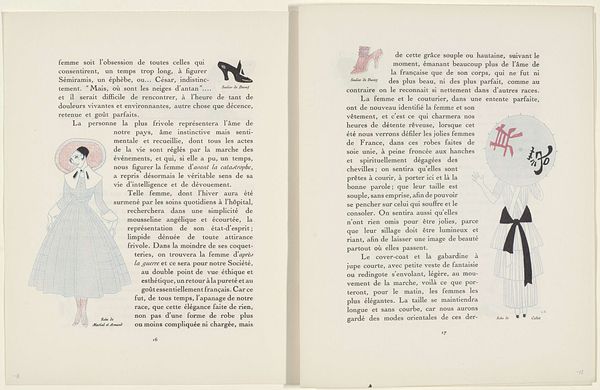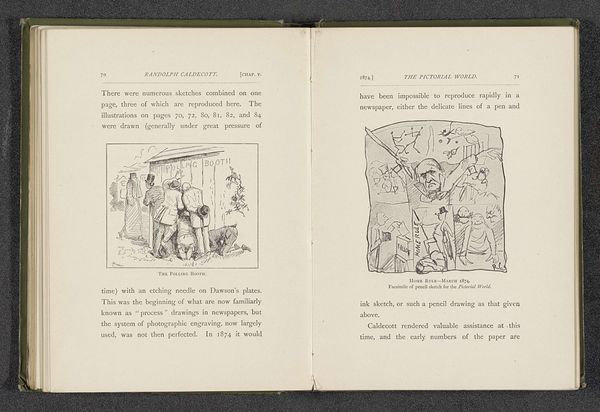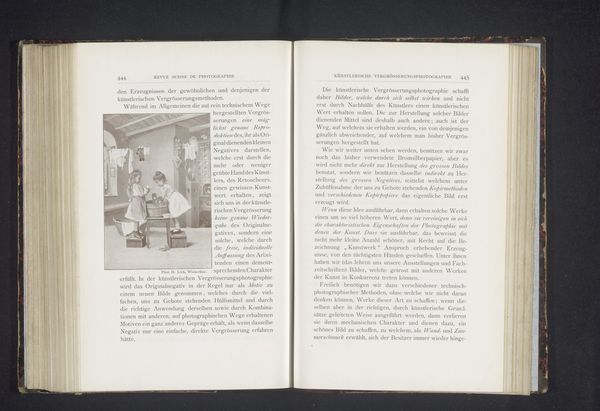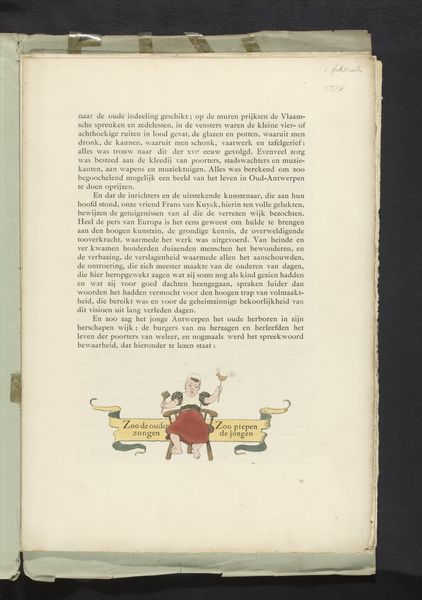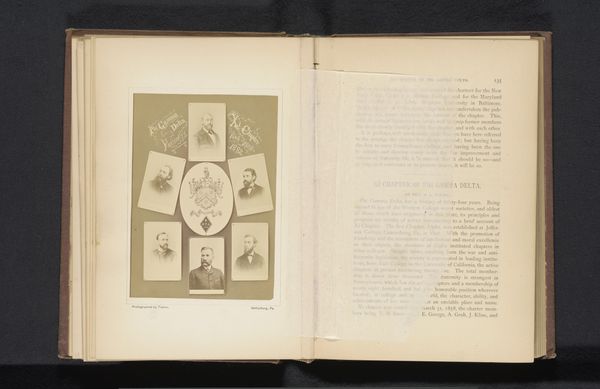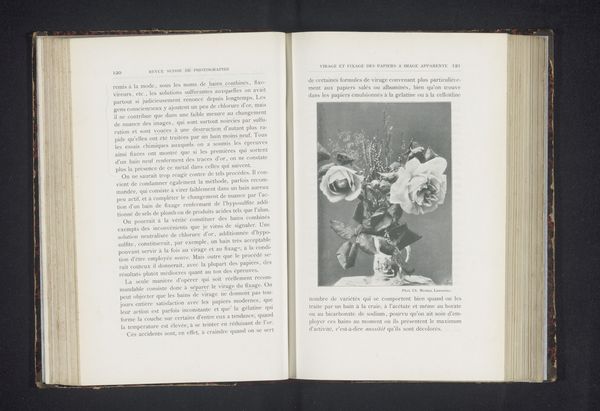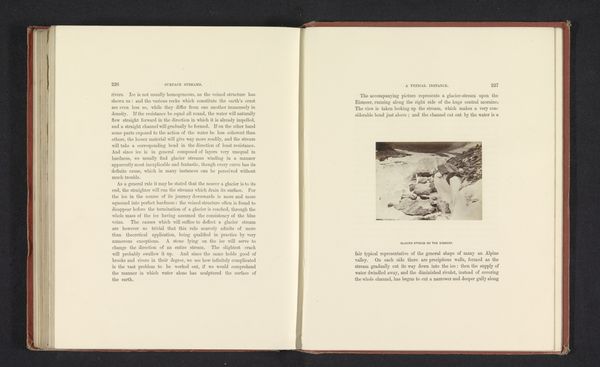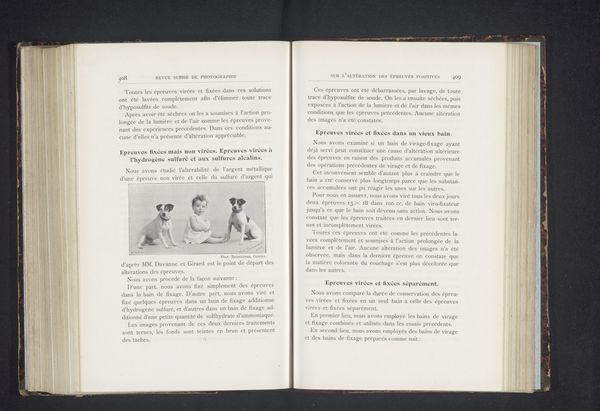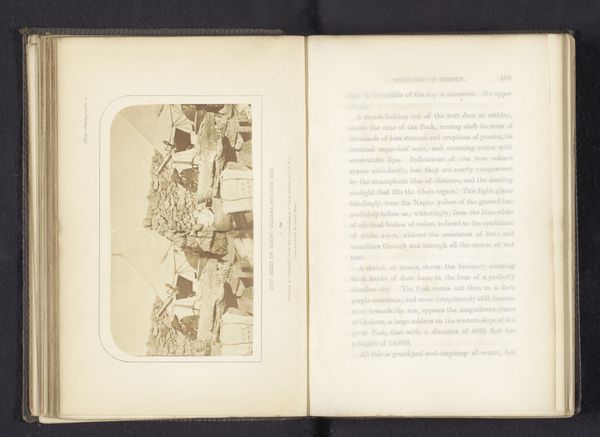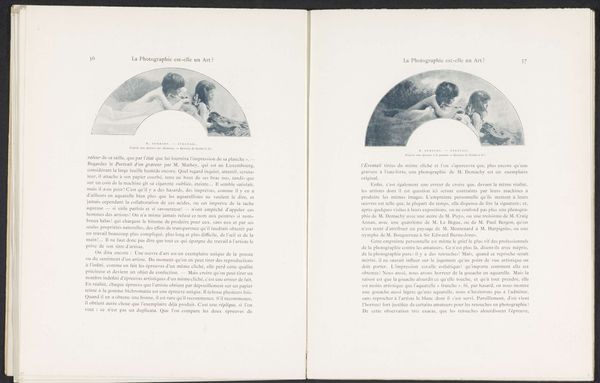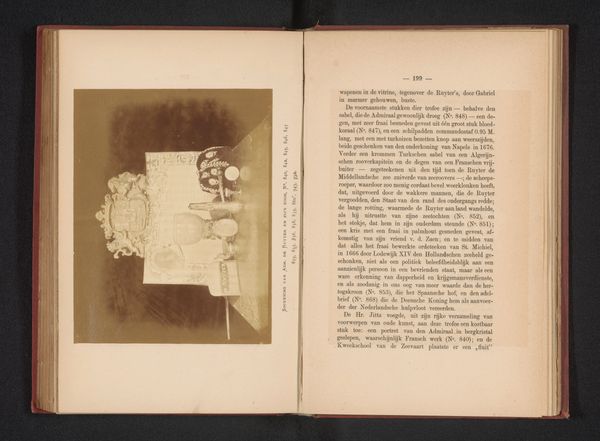
Gazette du Bon Ton, 1922 - No. 10, pp. 290-291: Les Gorgerettes 1922
0:00
0:00
Dimensions: height 242 mm, width 194 mm
Copyright: Rijks Museum: Open Domain
Curator: This print, titled "Les Gorgerettes," is from an issue of Gazette du Bon Ton, published in 1922. Charles Martin is the artist, using ink on paper. It currently resides in the Rijksmuseum's collection. Editor: It's strikingly delicate! The limited palette of black and a pale rose emphasizes the spare lines. A series of female busts, each framed by intricate neckwear, is captivating—and slightly unsettling, almost like specimen displays. Curator: Indeed. Gazette du Bon Ton, meaning "The Journal of Good Tone," was a significant publication of its time, showcasing the latest in Parisian fashion and lifestyle through elegant prints like this. Martin, among others, helped visualize how fashion intersects with social identities. Note that the accompanying texts ponder changes in modern lifestyles. Editor: Precisely. I see this playing out in the composition. There is this stark, near clinical presentation against which the elaborate details of each woman's garments vie for attention. The interplay between geometric shapes, the flat planes, and the occasional curve feels so consciously modern. Curator: I think it reflects a changing role for women. Though ornamented, their direct gazes seem self-assured and forward-looking. It underscores a specific social climate that, despite conservative backlash, championed the 'New Woman'. Martin uses fashion, quite cleverly, to reveal such layered messaging. Editor: Yes! And those linear patterns really grab my attention. There's the suggestion of geometry inherent to art nouveau and avant-garde styles – forms simplifying into essentials. It hints to a progressive, design-forward approach, as the magazine suggests a parallel world in vogue. Curator: Well, it’s an insight into not just garments, but the aspirations and contradictions of the era it reflects, isn’t it? Martin offers a quiet but assertive visual commentary about societal shifts, viewed from the sartorial realm. Editor: For me, it has to be about the details and its design impact. Beyond the fashion, the piece resonates with a minimalist aesthetic and how effectively it marries to this historic period's unique sense of change.
Comments
No comments
Be the first to comment and join the conversation on the ultimate creative platform.
